Astronomers have discovered a long stellar stream extending from the galaxy Messier 61, a finding that may rewrite its history. The stream, which was not previously known, was detected in the first test image taken by the Vera C. Rubin Observatory, a powerful new telescope in Chile. According to Sarah Pearson, an astrophysicist at the University of Copenhagen, this is the first stellar stream detected from the Rubin Observatory, and it is just a precursor to many other features that will be found.
The discovery was made possible by the Rubin Observatory's colossal camera, which has not yet begun its official scientific survey. The camera's first test image revealed the stellar stream, which suggests that Messier 61 once tore apart a much smaller galaxy. This process, known as tidal disruption, is a common occurrence in the universe, but it has never been directly observed in this galaxy before.
Messier 61, also known as M61, is a well-known galaxy in the Virgo Cluster that has been studied by astronomers for centuries. It was first spotted in 1779 and has since been the subject of numerous studies. The galaxy is notable for hosting a slew of supernovae and churning out new stars at a surprisingly high rate.
The discovery of the stellar stream has significant implications for our understanding of galaxy evolution and the formation of stars. According to Pearson, "This is a major breakthrough in our understanding of galaxy evolution, and it opens up new avenues for research into the formation of stars and the structure of galaxies." The discovery also highlights the importance of the Rubin Observatory, which is designed to detect faint objects in the universe and study their properties in unprecedented detail.
The Vera C. Rubin Observatory is a joint project between the National Science Foundation and the Department of Energy, and it is one of the most powerful telescopes in the world. The observatory's camera is capable of detecting objects that are billions of light-years away, and it is designed to study the universe in unprecedented detail. The observatory's first light image, which revealed the stellar stream, was taken in March 2023, and it marked the beginning of a new era in astronomical research.
The discovery of the stellar stream is just the beginning of a new wave of research into galaxy evolution and the formation of stars. As the Rubin Observatory begins its official scientific survey, astronomers expect to make many more groundbreaking discoveries that will rewrite our understanding of the universe. According to Pearson, "The Rubin Observatory is just getting started, and we can expect many more exciting discoveries in the coming years."
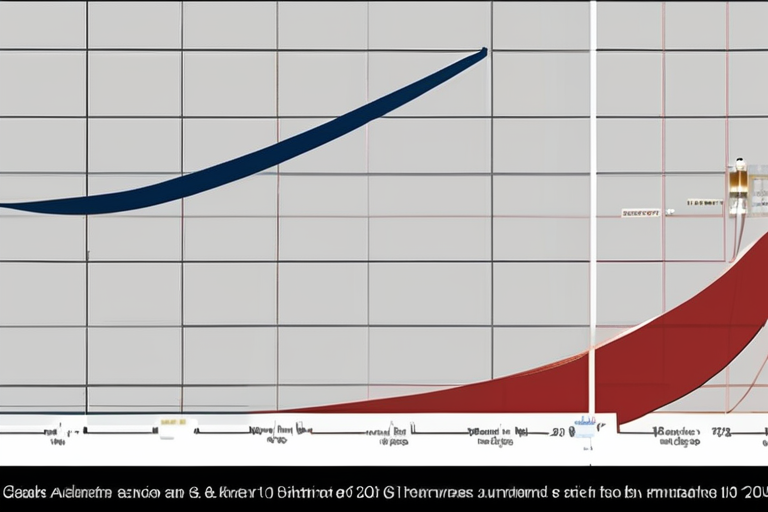

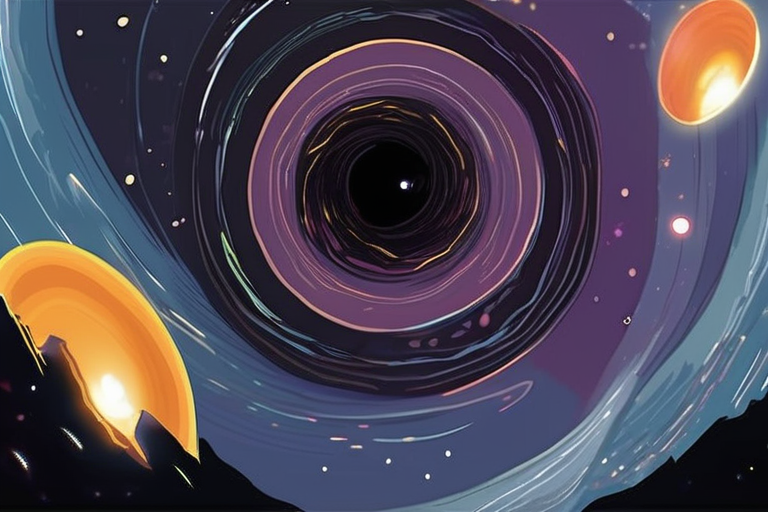
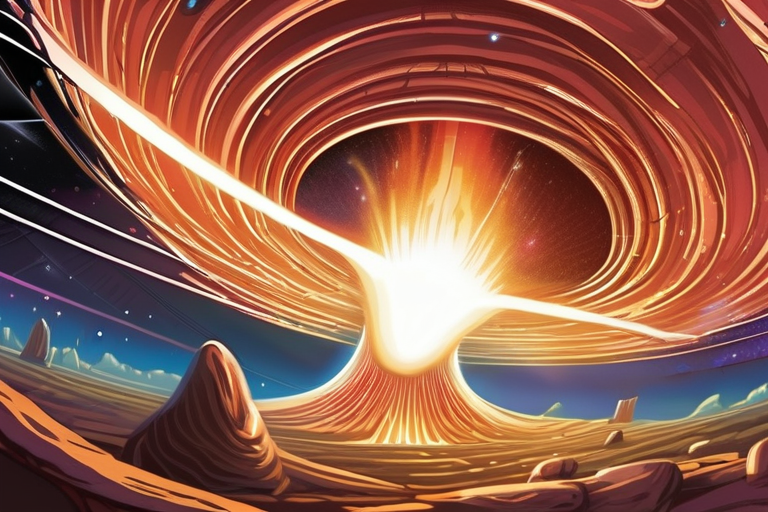
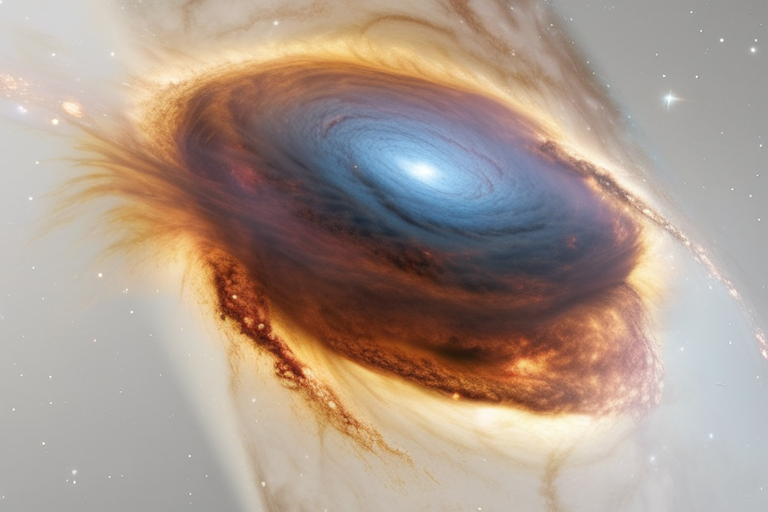


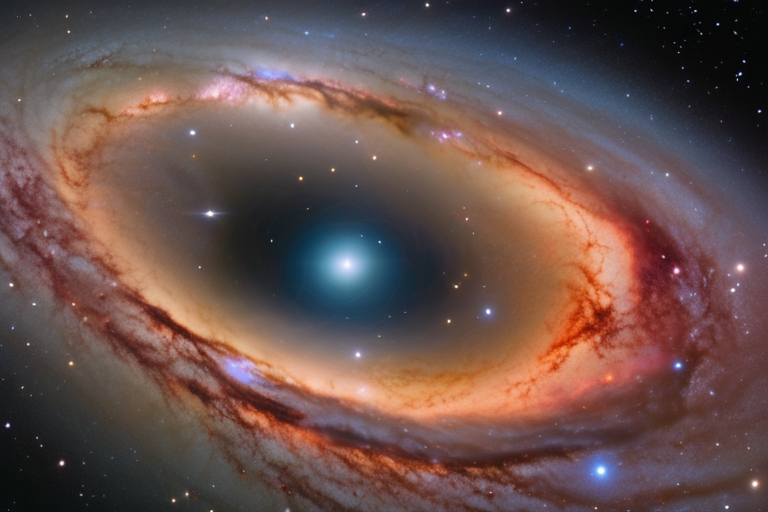

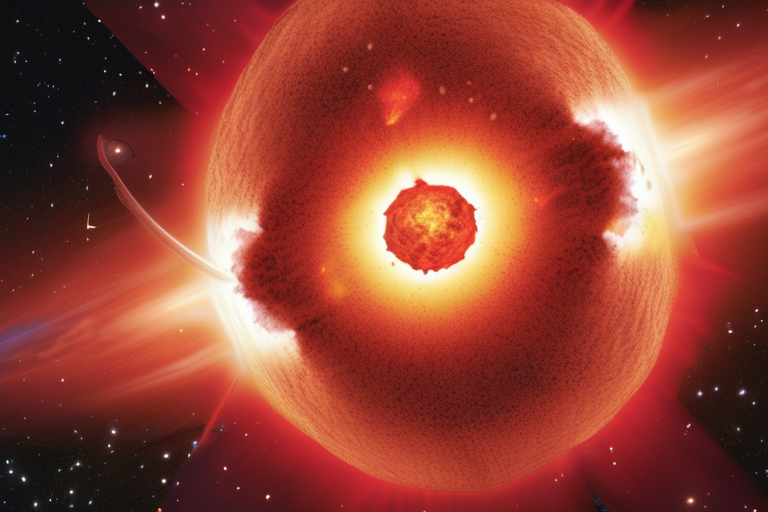
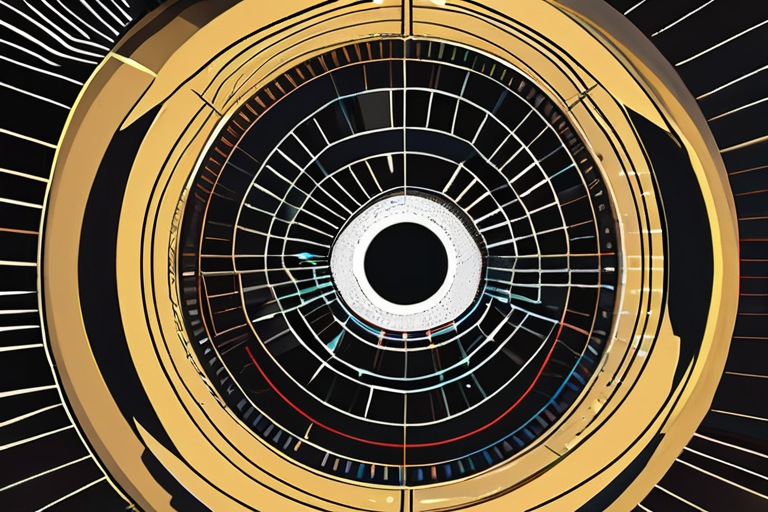
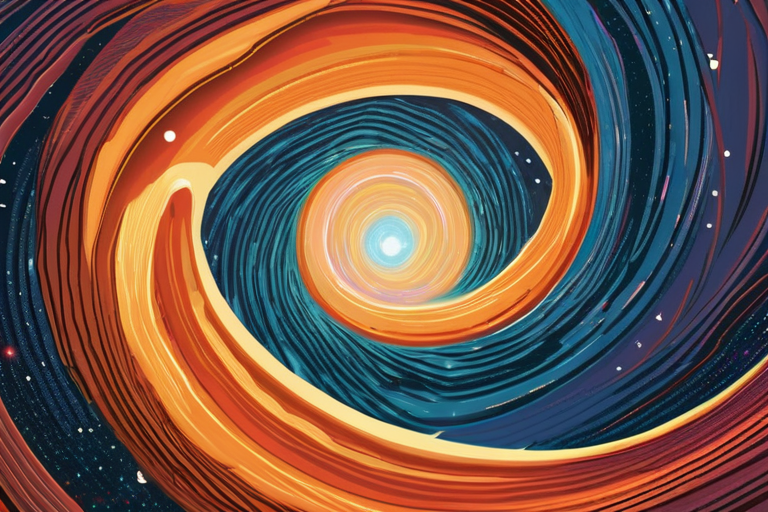

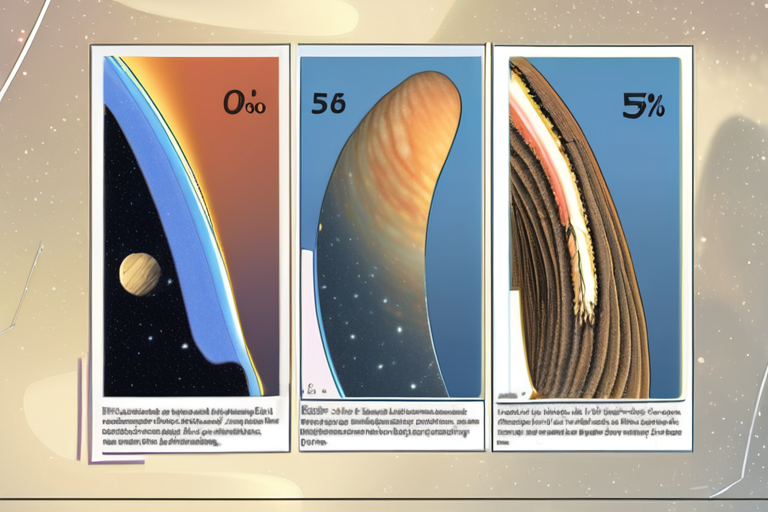


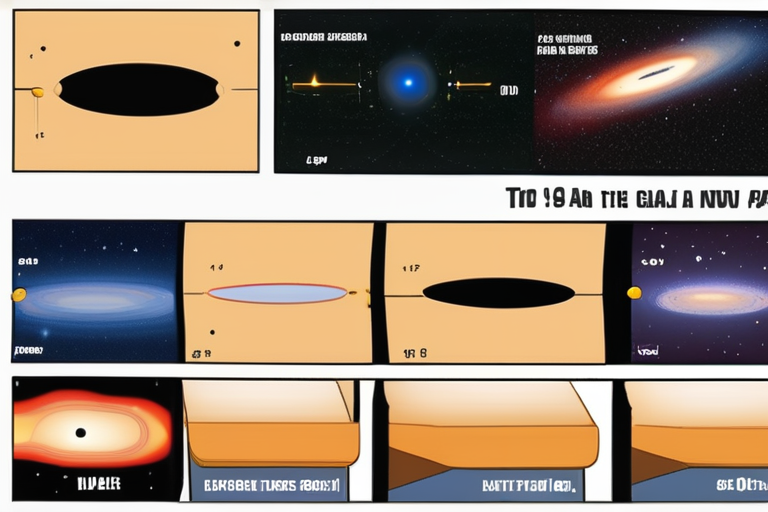

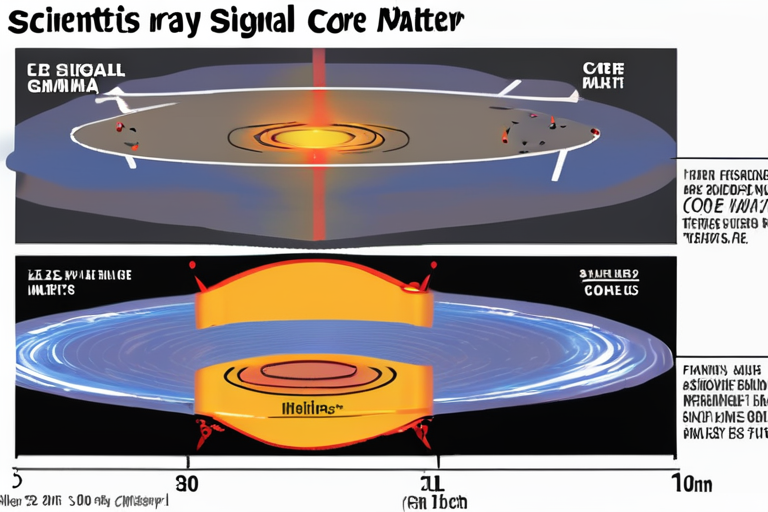
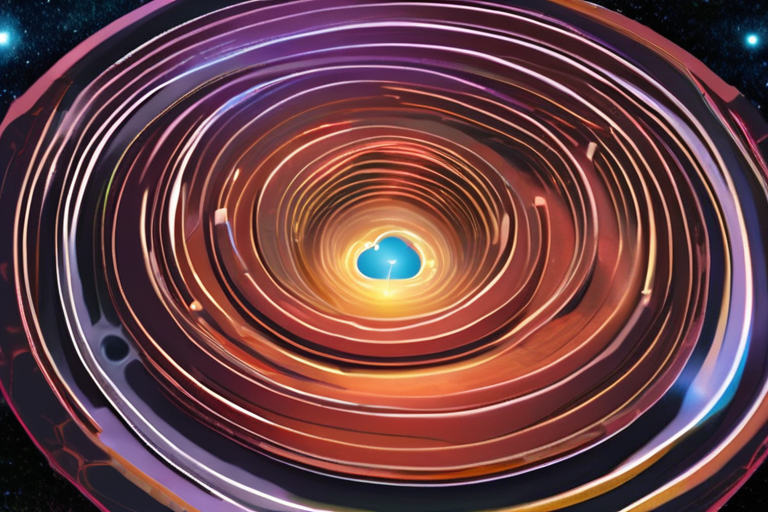

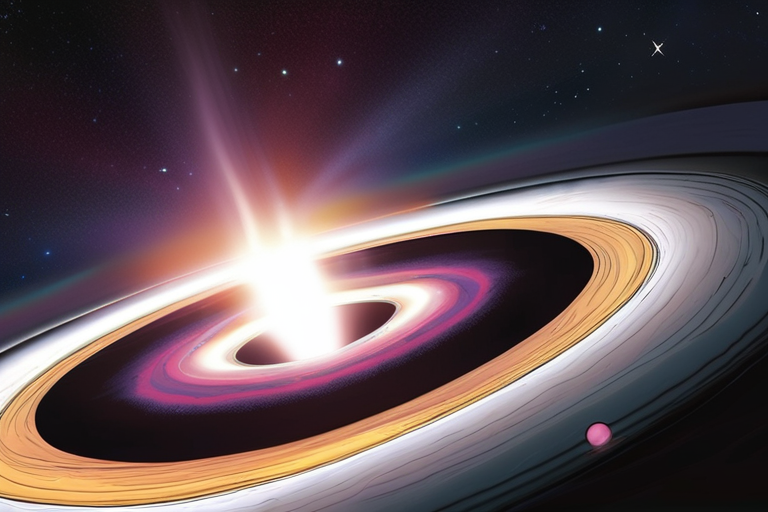
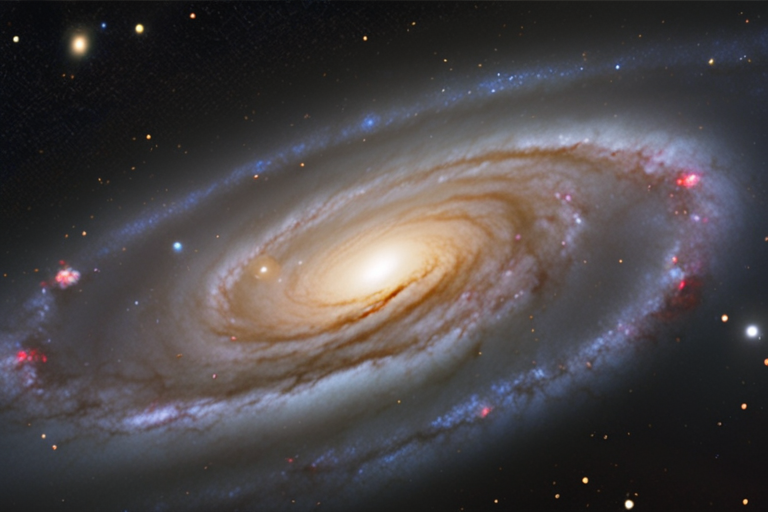
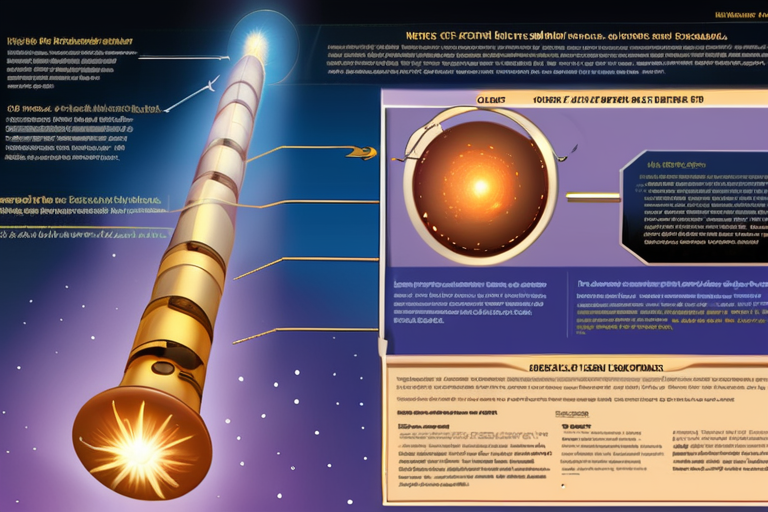


Share & Engage Share
Share this article